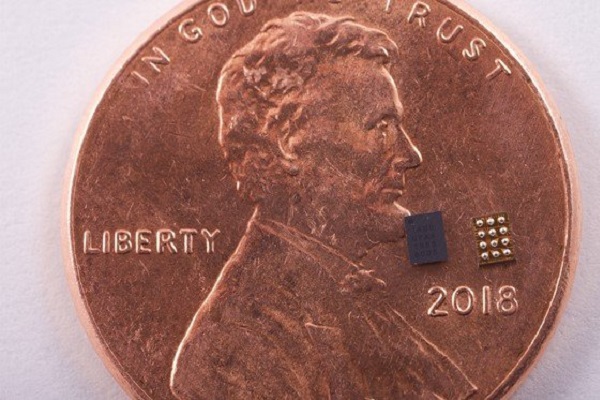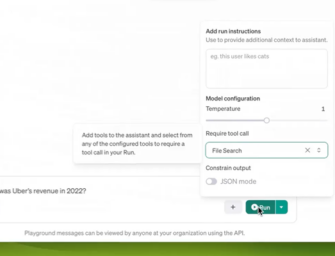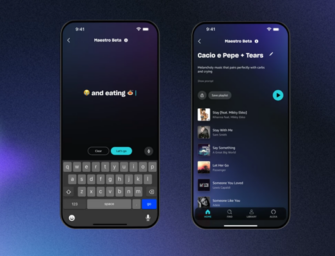Amazon Certifies Syntiant Chips for Alexa Devices

Amazon has officially certified Silicon Valley-based startup Syntiant to manufacture computer chips integrated into devices with its Alexa voice assistant. Syntiant’s chips will be used for a variety of smaller wearables and headphones that include Alexa as a feature.
Microchips for Alexa Devices
The approval is for the Neural Decision Processors (NDP) created by Syntiant. The NDP100 is programmable for 64 wake words or sounds, with the ability to activate different functions depending on whether it hears a hello, a baby crying, or even breaking glass. The chips use a relatively low amount of power, which is appealing to Amazon as it works on new battery-powered devices. The chip connects to the microphone or sensor and alerts the system when it hears the appropriate wake word, capturing both the wakeup and three seconds of the relevant speech around it.
Getting Amazon certification is a significant win for Syntiant. Amazon needs low-power chips that will still always be listening for wake words. Getting Alexa into more devices without draining batteries too quickly is a central goal for the company. Using Syntiant’s chips, headsets, smartwatches and other wearables, and any other voice-controlled device can be untethered for long enough from charging ports to be useful. At only 1.4 by 1.8 mm, it can fit into pretty much any small device design.
Plenty of investors have already been betting on Syntiant’s success and investing in the company. Syntiant has raised around $30 million from a mix of investors including Intel, Microsoft’s M12 Venture Fund, and Amazon’s own Alexa Fund. Along with Alexa, it has been building chips for use with a variety of voice assistants including Google Assistant, Apple’ Siri and Baidu’s DuerOS.
Low Power Out of the Cloud
The design harbors similarities to other attempts to lower the energy costs of awakening a digital assistant. In June, Knowles unveiled the first Amazon-approved Alexa headset developer kit. To get Amazon’s approval, their system had to be efficient enough not to drain batteries while always listening for the wake command.
Not long after, Aspinity’s RAMP platform debuted, offering an analog process that can analyze sound before digitization. The decreased energy and processing power cost of doing so extends how long a battery charge lasts. It also speeds up reaction time for the voice assistant.
This is not a new race for lower power consumption either. In 2018, Sensory announced a new version of its TrulyHandsfree speech recognition software that reduced power consumption for speech recognition in iOS and Android apps by 80%. Sensory positioned it at the time as the “first commercially successful always-listening low power wake word” engine and introduced what it called a little-big architecture.
Operations on the edge of the network, in untethered devices, are where all of the innovation for improving power use is happening in one form or another. These developments will help define the future of wearable tech and how people use voice assistants while outside the home.
Follow @voicebotai Follow @erichschwartz








